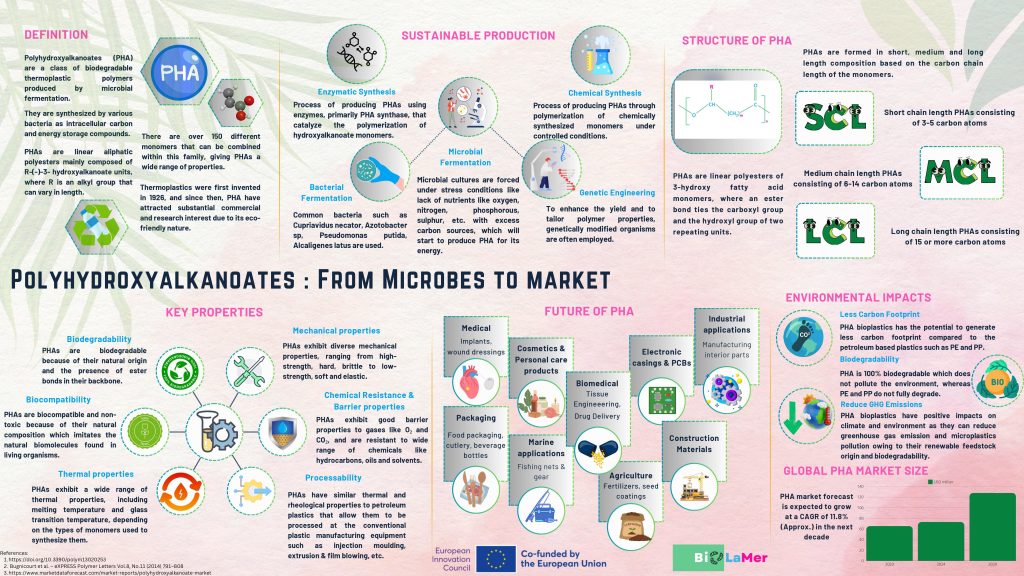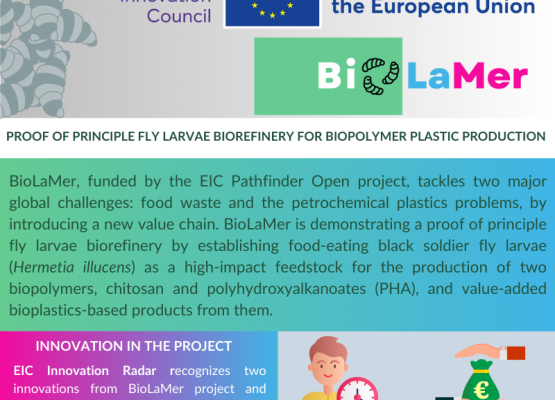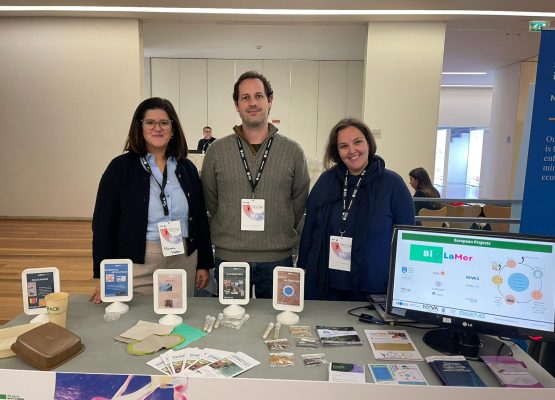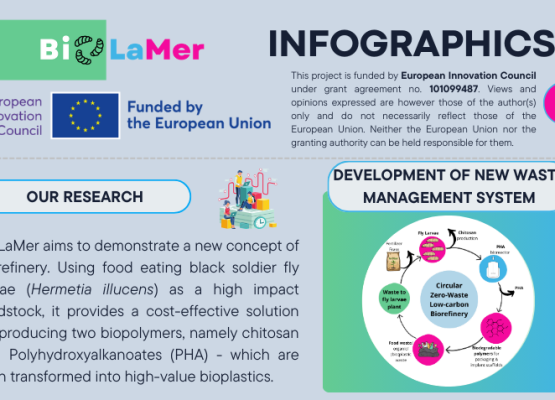The world is drowning in plastic debris. According to the United Nations, since 1950, around 9.2 billion tonnes of plastic have been produced, with 7 billion tonnes turning into waste clogging landfills and polluting aquatic environments. While plastics have become an integral part of modern life, their dark side is alarming: they take thousands of years to degrade. Even worse, these plastics break down into tiny particles known as microplastics, which have infiltrated our food chain.
While we can’t eliminate plastic usage entirely, we can reinvent it sustainably. Polyhydroxyalkanoates (PHA), a polyester produced by certain microorganisms is one of the solutions to our plastic problem. Unlike conventional plastics, PHAs are 100% biodegradable, non-toxic and help reduce carbon footprint. Importantly, PHAs decompose without releasing any harmful toxins, ensuring safety for both the environment and human health. The adoption of PHAs is already begun, with major companies incorporating these eco-friendly materials into a wide range of products from packaging to medical devices.
To promote this green practice, it is crucial to understand how microbes enter into the market as bioplastics. Let us look into this PHA infographic. This is created for the understanding of the general public about the basics of PHAs, who are ultimately the decision makers in driving these markets.




